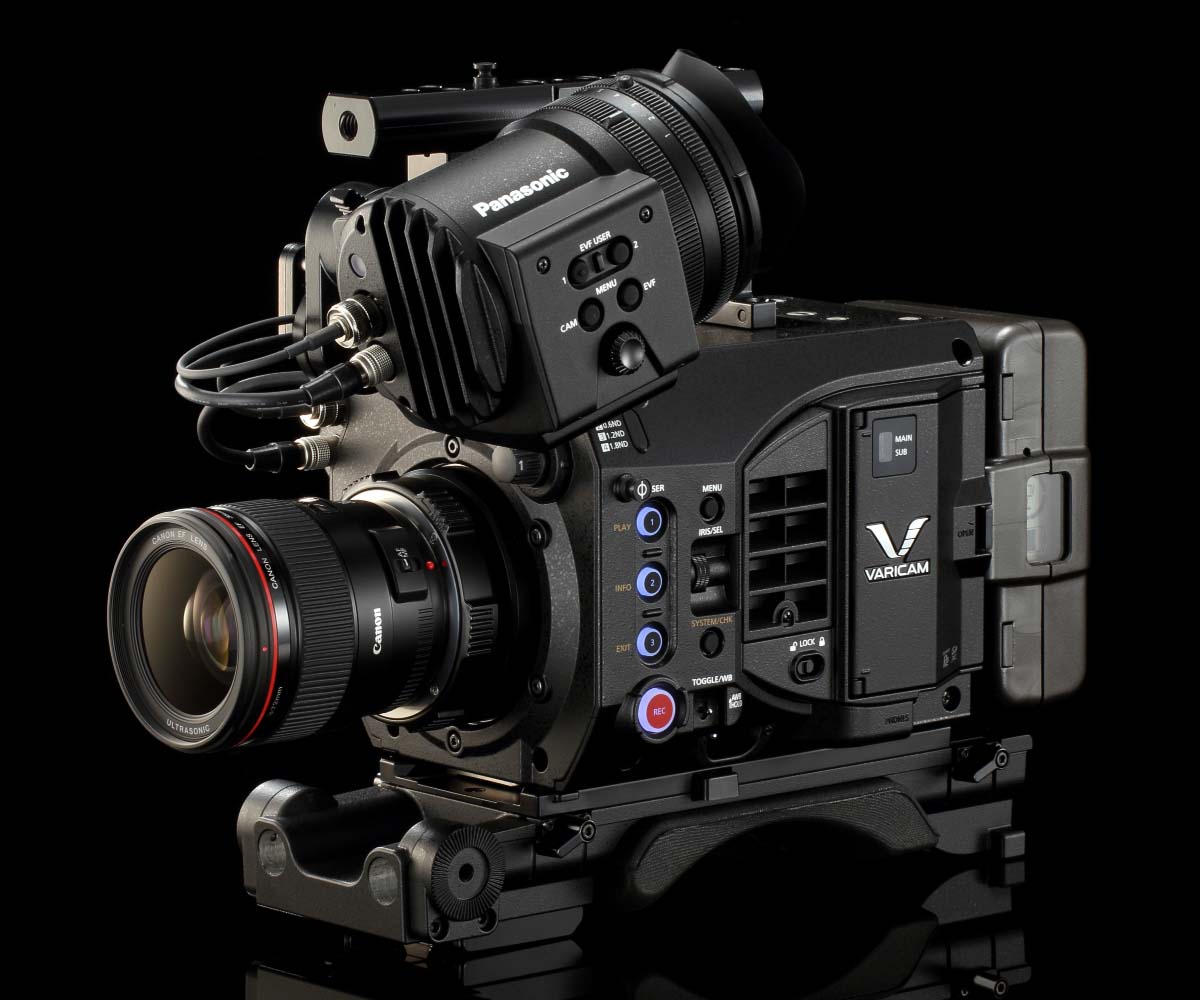Panasonic announces the new VariCam LT, based on MOS sensor 35mm single chip originally developed for the VariCam 35 (by which the VariCam LT has a lot in common, starting from the analogous dynamic range of 14 stops).
Unlike the latter, VariCam LT is more compact and lightweight (2.7 kg), and is therefore more directed towards freelance and documentary filmmakers, who want a true 4K camera designed for use by a single operator.
LT VariCam records in both 4K (4096 x 2160) both in UHD (3840 x 2160) using EF lenses (available on request the PL mount). It supports 60 fps in 4K and, thanks to a trimming of the central part of the image, can reach 240 fps for a super slow-motion in HD and 2K resolution.
Two native ISO settings: 800 and 5,000. The VariCam LT is compatible with both the viewfinder Panasonic that with those third parties and supplied complete with shoulder pad, handle and mounting bracket PL. It will be available from March 2016 at a recommended price of 18,000 euros (camera body only).
Unlike the latter, VariCam LT is more compact and lightweight (2.7 kg), and is therefore more directed towards freelance and documentary filmmakers, who want a true 4K camera designed for use by a single operator.
LT VariCam records in both 4K (4096 x 2160) both in UHD (3840 x 2160) using EF lenses (available on request the PL mount). It supports 60 fps in 4K and, thanks to a trimming of the central part of the image, can reach 240 fps for a super slow-motion in HD and 2K resolution.
Two native ISO settings: 800 and 5,000. The VariCam LT is compatible with both the viewfinder Panasonic that with those third parties and supplied complete with shoulder pad, handle and mounting bracket PL. It will be available from March 2016 at a recommended price of 18,000 euros (camera body only).

Comments
Post a Comment